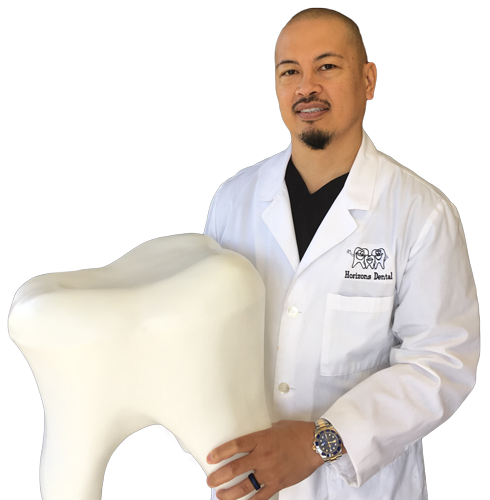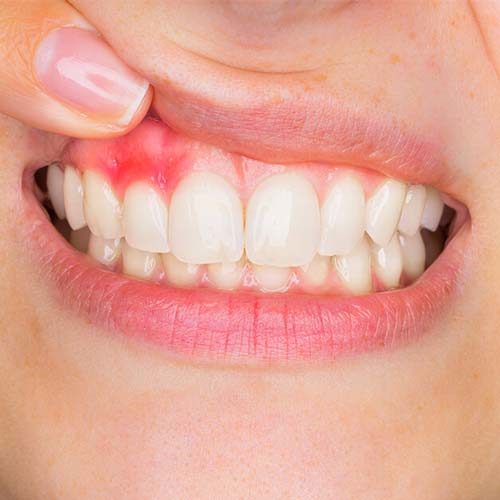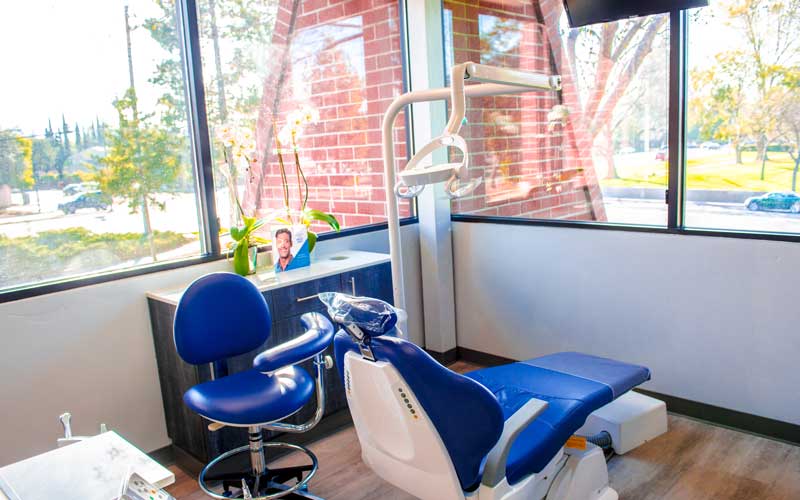
What Is Gum Disease?
When the gums and tissue that support your teeth become infected. This is often due to excessive tartar or plaque build-up. Brushing and flossing routinely are great ways to fend off gum disease, so the best way to avoid having to see us for treatment is staying on top of your home care and six-month check-ups.
Gum disease (also called periodontal disease) occurs in three stages, two of which are significantly harder to treat than the other. Gingivitis is an infection that is confined to the gums and a much milder version of the disease, so much so that if treated quickly it can often be reversed. Periodontitis is a destructive form of gum disease that attacks not just the gums but also the bone and membrane that support teeth. Lastly, there is advanced periodontitis. In this stage fibers and bone have been destroyed, teeth shift and loosen and may need to be extracted.
Your gums provide support for every tooth in the mouth, so it’s not surprising that if gum disease is not treated your teeth are impacted greatly. Periodontal disease is the single greatest cause of tooth loss in adults. Even worse, gum disease has been linked to an increased risk of heart disease, diabetes and stroke.
What Are Options for Treating Gum Disease?
The answer depends on the scope and scale of your infection. Walnut Creek dentist, Dr. Villaseñor, will sit down personally with you and carefully go over all of your treatment options.
The most common treatment is a non-surgical procedure called scaling and planing. If this is the treatment that’s right for you, we will carefully go to work under your gums at the tooth line and remove plaque and tartar that have been collecting there. If the disease has advanced too far for that option, a surgical procedure may need to be performed.






